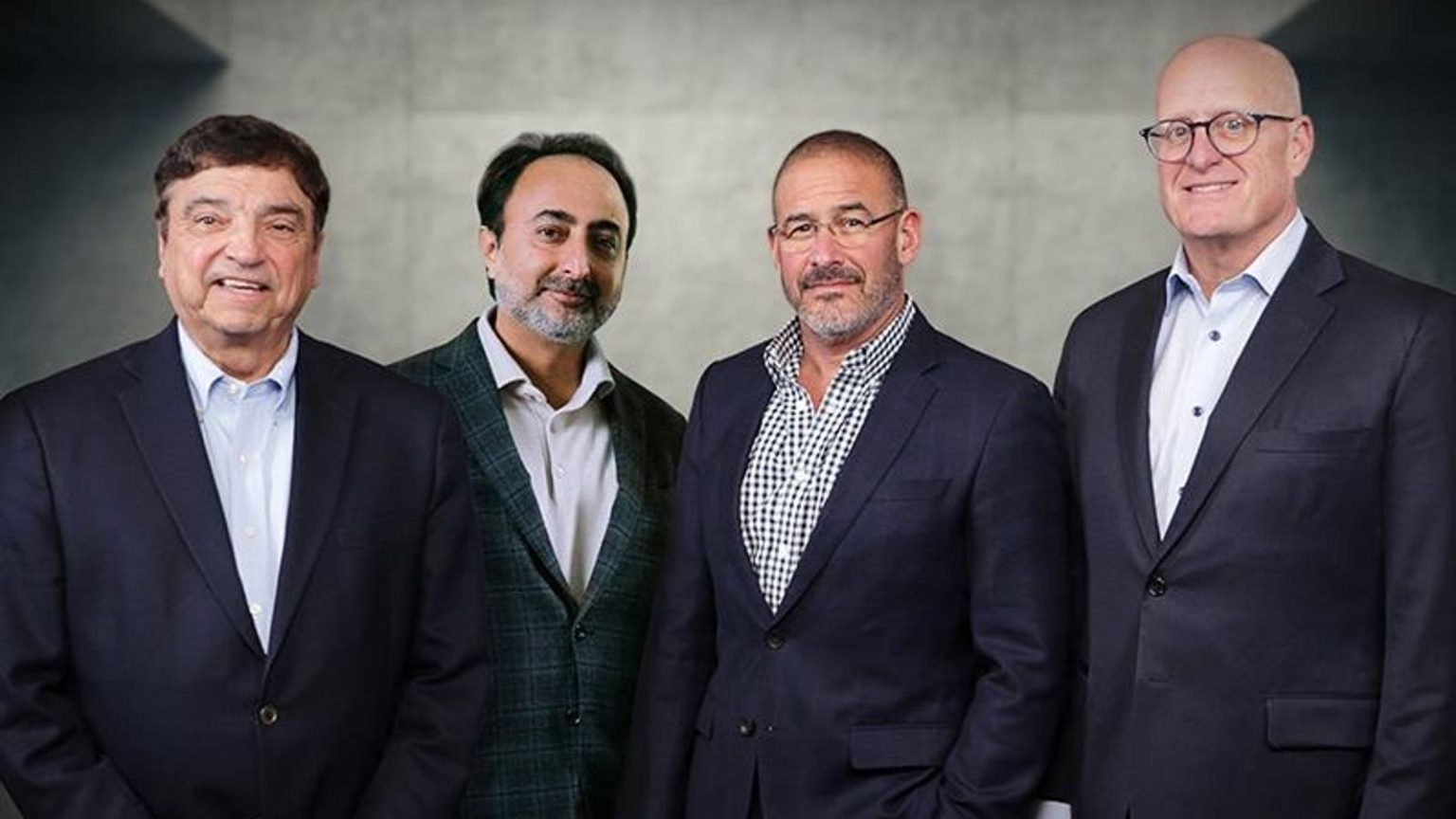Three months ago, venture capital firm General Catalyst announced an unusual move: The creation of an entirely new company that would someday acquire a multi-billion dollar health system that could serve as a proving ground for new technologies.
On Wednesday, that company – the Healthcare Assurance Transformation Corporation, or HATCo – revealed its intended target: Akron, Ohio-based Summa Health, a nonprofit three-hospital system and health insurer.
The two organizations have signed a non-binding letter of intent, and if the deal goes through, Summa Health must convert to a for-profit entity. “We have very smart people that work here that solve lots of problems, but what they need is that Miracle-Gro that can come from HATCo,” Summa Health president and CEO Cliff Deveny said. “They have the dollars available to them and the technology available to really advance this organization in a much faster way.”
HATCo cofounder and CEO Marc Harrison had previously told Forbes he was looking for a health system with “good bones” and “room for improvement.” One of the things that Summa Health has going for it, he said, is it also operates a health insurance plan, which “can grow.”
In 2022, Summa Health reported an operating loss of around $39 million on $1.8 billion in revenue, according to audited financial statements. While HATCo declined to disclose the terms of the deal, Summa Health President and CEO Cliff Deveny told Forbes it would include “significant capital plus technological capabilities.”
Currently, Summa Health is not profitable, which leadership blamed on a combination of rising inflation and temporary labor costs as Covid relief funds ran out. Deveny estimates total Summa Health revenues in 2024 will be around $2 billion.
Historically, hospitals and doctors are paid a fee for each service they perform for their patients. However, the U.S. healthcare system has slowly been shifting to “value-based care” — a model in which providers receive a chunk of money to manage a person’s general health over a period of time. If that person needs nothing beyond an annual physical, the provider keeps whatever funds have not been used. But if that person ends up in the ER multiple times, the provider must cover the overrun costs.
The idea is that both insurers and care providers will work to keep patients healthier if it affects their bottom line. Summa’s 60,000 health insurance members already have value-based care arrangements – and it’s the direction both HATCo and Summa Health hope to move in. “A lot of healthcare is done because you get paid for it, not because it’s the right thing to do,” said Deveny. “And we want to move into a model doing the right thing.”
Summa Health’s plan currently provides insurance to people 65 and over on Medicare, commercial plans for big businesses and individuals. One of its fastest growing segments is small businesses that are finding it hard to keep up with rising costs, who can pool risk with multiple other employers, said Deveny.
Though HATCo’s acquisition of Summa Health is being funded by a VC that would normally be looking for a relatively quick return on investment, Harrison told Forbes that’s not the case here. The company is operating outside of General Catalyst’s traditional venture fund structure “with full expectation of a very long hold in perpetuity,” Harrison explained. “They’re no exit plans.” And Summa Health’s leadership team, including Deveny, will stay in place.
Next steps are a due diligence, followed by the signing of a definitive agreement and then a review by the Ohio Attorney General’s office and the Ohio Department of Insurance. The deal will also need to pass a federal review, as any transaction above $111.4 million must be reported to the Federal Trade Commission or Department of Justice. As part of the transition to a for-profit entity, Summa Health would have to use some proceeds from the sale to establish a foundation charged with helping the local community in areas of need like housing and food insecurity.
Deveny told Forbes he’s looking forward to working with General Catalyst’s portfolio companies and other technology companies to figure out the best AI assistant to help doctors and nurses; he sees lots of possibilities for upgrading call centers and patient engagement software. His goal, he said, is to use technology to make it easier for doctors to provide care and easier for patients to access it.
Harrison was quick to caution that changes like these would not negatively impact Summa Health’s employees, including around 8,500 healthcare workers. “This is a growing, not a shrinking proposition,” he said. “We do not anticipate layoffs. In fact, we very much hope … that we’ll be hiring in all different ways, even as we leverage technology.”
MORE FROM FORBES
Read the full article here





